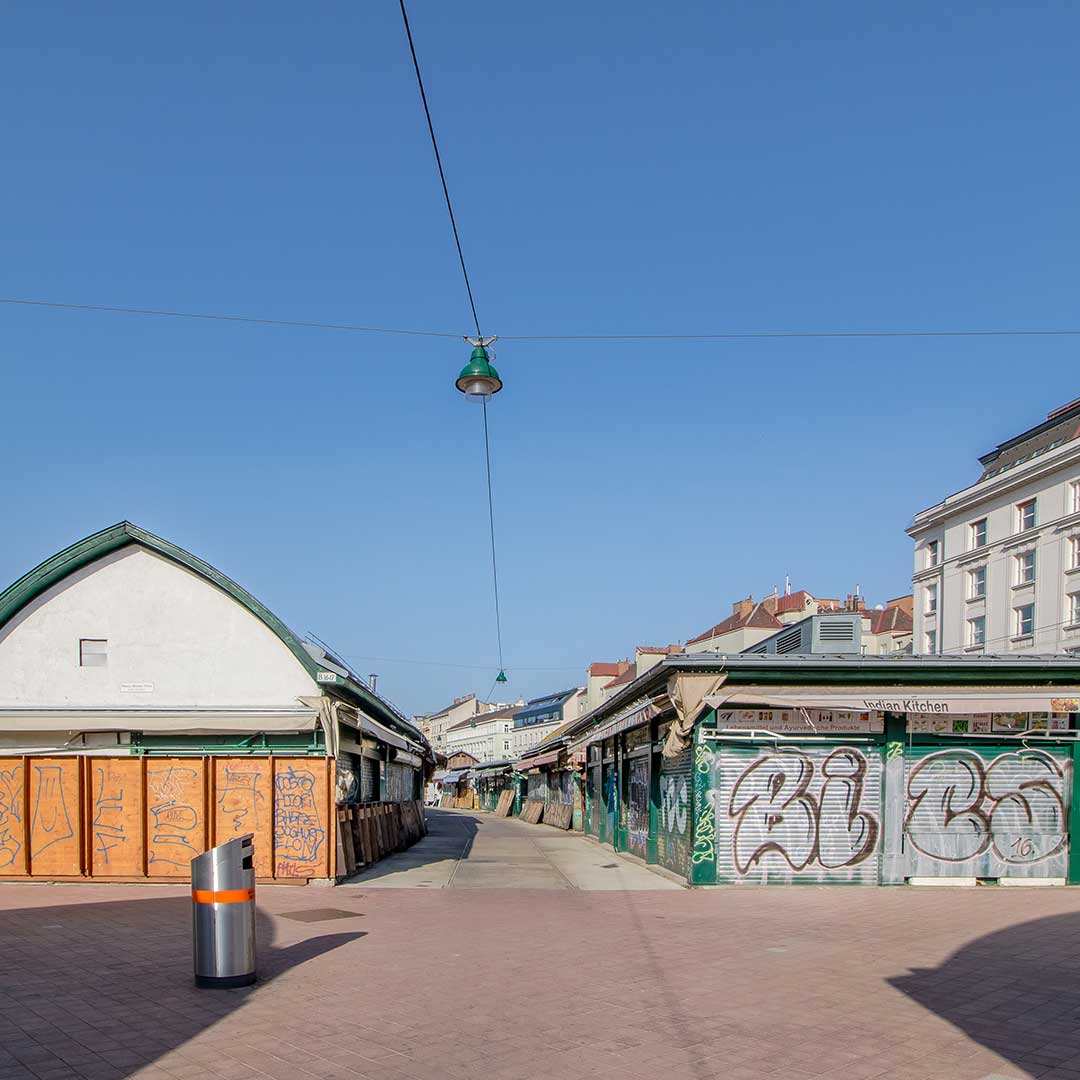© romanple / stock.adobe.com
Guide
Michael Nähring
mitcharme.at
Michael Nähring / Wieden
The hay mill, at the end of Grüngasse, not far from the Naschmarkt, we find the recently renovated Heumühle, a former mill building from the 14th century. I like the idea of how it, together with 2 other mills on a stream that no longer exists today, contributed to supplying the district.
The Freihaus on the Wieden : The city within the city. It must have been a paradise for children, this labyrinth of countless courtyards, staircases, passages and wooden sheds. It was a city within a city. When I show my guests the floor plan on the façade of the house in Operngasse, we will be able to easily imagine how the 17. and There must have been around 1000 people living here in the 18th century and what an atmosphere it must have been.
The planned square garden: A park that is still privately managed today and not by the city. Not many people know him. I love the peace and quiet there and the idea of how an organic commune was created here in the 70s. The Funkhaus Wien: I like it when I stand in front of the Funkhaus in Argentinierstraße. It makes me think of old times. The former RAVAG was based here and when I see this building from the 1930s, I always think of Heinz Conrads and my grandmother. The new Favorita: Today, the Theresianum is a school in Favoritenstraße. Who would ever think that Charles VI, the father of Maria Theresa, who was born here, lived and died here? Many people only think of the Hofburg or Schönbrunn when they think of “Habsburgs”. I find it interesting that you can also find something very important from the history of the Habsburgs here in the 4th district.
St. Elisabeth parish church: It is not as well-known as the Karlskirche, which is only a few hundred meters away. This beautiful brick building, a neo-Gothic church from the second half of the 19th century, with the small green square in front of it, is an oasis in the 4th district and I love to linger on a bench there and relax.
Mozart Fountain and Mozart Square: Mozart’s Magic Flute was created on the Wieden. I love the story of the garden shed where Mozart was supposedly locked up to complete the work. And when I tell my guests about the old Freihaustheater, I certainly won’t miss the opportunity to explain why the hut in question has been in Salzburg for a long time. As a Wieden resident, you can be a little proud that your district is part of the famous “Viennese Classic”.
